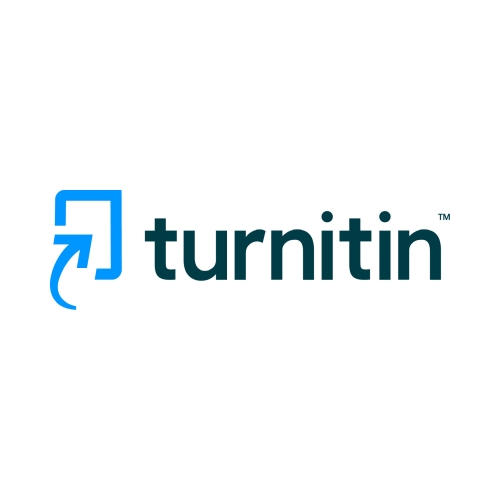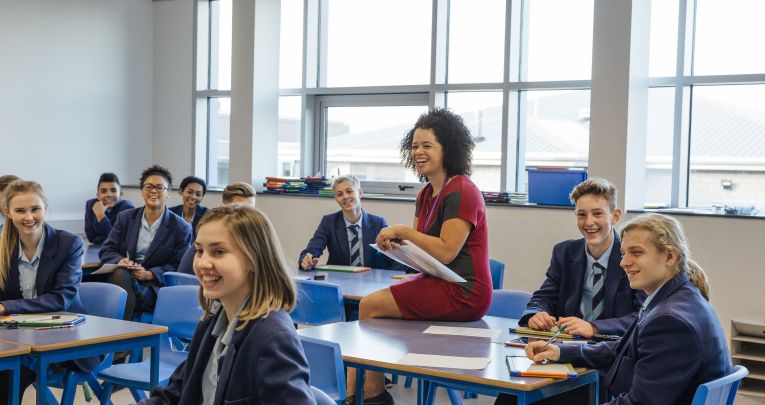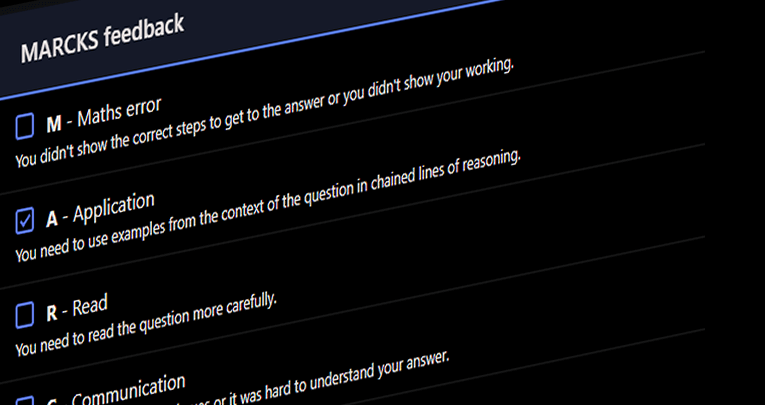It’s almost a cliche to say it, but the sector has never been under this amount of pressure.
We don’t need to recount all the hurdles schools, colleges and their teachers have been forced to clear in the last few years, but let’s just say it’s been difficult to focus on the classroom.
But while the situation has been different, the biggest challenges are actually the same as always: supporting pupils to achieve their very best, and saving time and reducing workloads for teachers.
Right now, supporting pupils means helping those who’ve had a disrupted learning experience to catch up where they might have fallen behind, and making sure everyone has those foundational skills which enable them to be a success once they enter the world of work or go on to higher education.
In an ideal world, each and every pupil would get dedicated, tailored support to help them learn and develop. Reality, of course, gets in the way of that as every teacher is working with limited time and limited resources.
That’s where technology can help. Used appropriately, it can help you get tailored feedback to pupils while also reducing the workload on teachers.

Feedback Studio
Turnitin Feedback Studio is designed to streamline the marking and feedback process, with tools which allow for flexible, meaningful feedback alongside consistent, well-defined marking.
As well as written feedback, teachers can also create a library of drag-and-drop comments and leave voice notes which can help negotiate the difficult issues of nuance and empathy in feedback.
When it comes to marking, the use of rubrics encourages objective, consistent marks across different pupils’ work, and also across different teachers. In this way, Turnitin Feedback Studio helps align teachers and departments, making marking more efficient and making it easier for students to understand what is expected of them when they are completing work.
This understanding is crucial, as it’s what allows pupils to develop.
Working with education researcher Professor John Hattie, Turnitin conducted research into the power of formative feedback, and in particular a type of feedback which Dr Hattie terms “Where to next?” feedback.
“The research found that the most effective point to give feedback was between drafts of a piece of work – allowing for pupils to adapt and adjust what they are writing and put feedback into practice straight away.”
“Where to next?” feedback addresses a specific issue, explains its relevance to the aim of the assessment, and then points the right direction to improve (without giving the answer away!) to help students develop.
The research found that the most effective point to give feedback was between drafts of a piece of work – allowing for pupils to adapt and adjust what they are writing and put feedback into practice straight away.
Obviously, this requires the space for submitting a draft, and the resource to read it and give feedback.
Using technology to reduce marking time at final submission can help free up some of the time required for formative feedback – especially if that feedback is given using the same technology.
But there’s another technology option for pre-submission feedback too: Draft Coach – an add-on for Turnitin Feedback Studio.
Draft Coach
Draft Coach offers pupils feedback powered by advanced machine learning, giving guidance on issues like text similarity, citations and grammar as they’re working in Google Docs or Microsoft Word on the Web.
What Draft Coach is targeting, and what Turnitin Feedback Studio allows teachers to focus on, is the fundamental skills of good academic writing. This is the stuff which prepares pupils for the next steps in education, or gives them the strong basics to allow them to succeed in the workplace.
Given the struggles and disruption of the past few years, these building blocks are crucial and shortcutting their development can help keep learning on track.
Underneath all of this, Turnitin Feedback Studio also has industry-leading similarity reporting and tools to safeguard academic integrity.
There’s also reporting and analytics, which takes the benefits beyond the anecdotal and can help you evidence the impact to stakeholders like parents, governing bodies and regulators like Ofsted.
Support for staff and students
There are many benefits to letting technology take the strain, for both teachers and pupils.
While those benefits start in the classroom, they extend well beyond it, not just into better work-life balance for teaching staff, but into better skills for the future for pupils.
And isn’t that what we’re all working towards?












